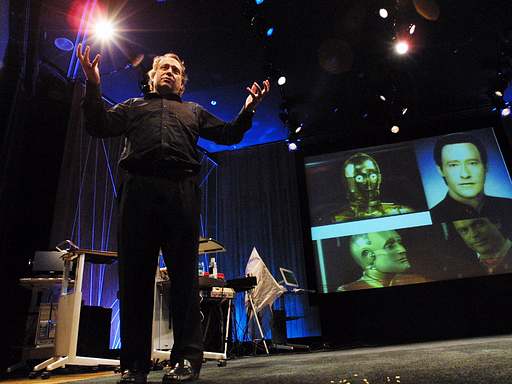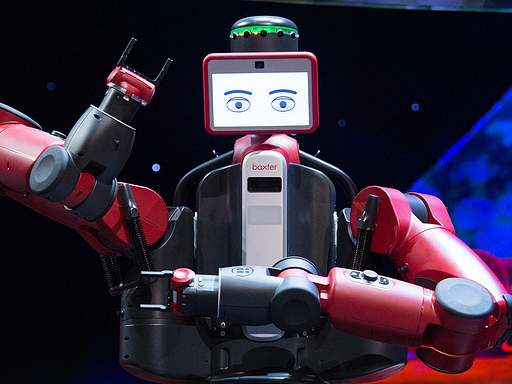Titus Kaphar and Vijay Gupta named MacArthur Fellows, a musical tribute to #MeToo and other TED news
As usual, the TED community is busy with new projects and news — here are a few highlights. Meet two newly minted MacArthur “geniuses.” Visual artist Titus Kaphar and violinist Vijay Gupta have been named 2018 MacArthur Fellows! The fellowship, established in 1981, awards $625,000 over the course of five years to individuals of exemplary creative merit, to […]
Continue reading

